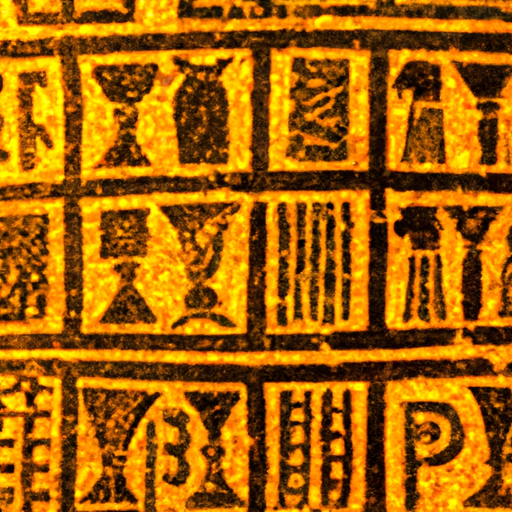Unveiling the Ancient Babylonian Ruler’s Era: What Century Did Hammurabi Live In?
Hammurabi, the renowned ancient Babylonian ruler, holds a significant place in history for his contributions to law and governance. To understand the context of his reign, it is essential to explore the century in which Hammurabi lived and the impact he had on the ancient world.
Hammurabi, also known as Hammurabi the Great, was the sixth king of the First Babylonian Dynasty, ruling from approximately 1792 to 1750 BCE. His reign marked the pinnacle of the Babylonian Empire, which encompassed a vast territory in Mesopotamia, present-day Iraq.
During Hammurabi’s time, Mesopotamia was divided into several city-states, each with its own ruler. However, Hammurabi sought to unify the region under his rule and establish a centralized government. His efforts led to the creation of the Code of Hammurabi, a comprehensive set of laws that governed various aspects of Babylonian society.
The Code of Hammurabi consisted of 282 laws engraved on a stele, a large stone pillar, which was placed in a public location for all to see. These laws covered a wide range of topics, including criminal justice, property rights, trade regulations, and family law. Hammurabi’s code emphasized the principle of “an eye for an eye” and aimed to maintain social order and justice within the empire.
Hammurabi’s reign also witnessed significant advancements in infrastructure and trade. He constructed numerous canals and irrigation systems to enhance agricultural productivity, leading to economic prosperity. The Babylonian Empire became a major center for trade, connecting various regions and fostering cultural exchange.
In addition to his achievements in law and governance, Hammurabi was also a military strategist. He engaged in several military campaigns to expand his empire’s borders and protect its interests. His conquests extended Babylonian influence across Mesopotamia and beyond.
Hammurabi’s reign came to an end around 1750 BCE, and his empire faced subsequent challenges from other regional powers. However, his legacy endured, and his code of laws continued to influence legal systems in the ancient Near East for centuries to come.
In conclusion, Hammurabi lived during the 18th century BCE, ruling as the sixth king of the First Babylonian Dynasty. His reign was characterized by the establishment of a centralized government, the creation of the Code of Hammurabi, and advancements in infrastructure and trade. Hammurabi’s contributions left an indelible mark on ancient Babylonian society and continue to fascinate historians and scholars to this day.
Keywords: what century did Hammurabi live in, Hammurabi, ancient Babylonian ruler, Code of Hammurabi, Babylonian Empire, Mesopotamia, law and governance, infrastructure, trade, military campaigns.




